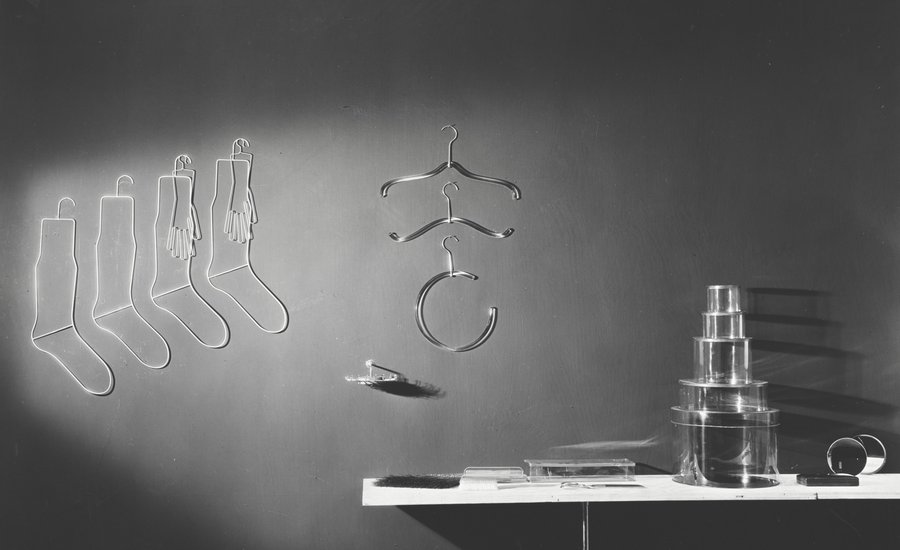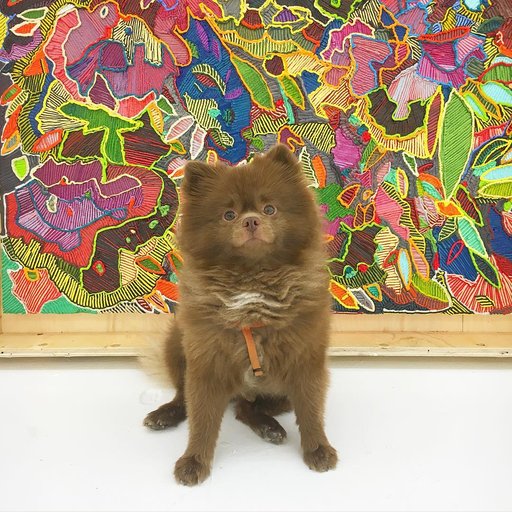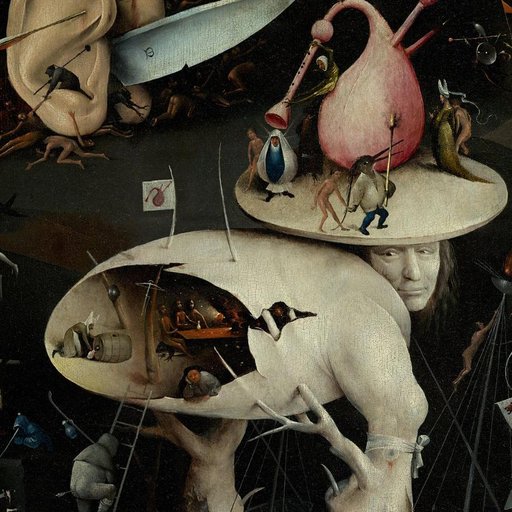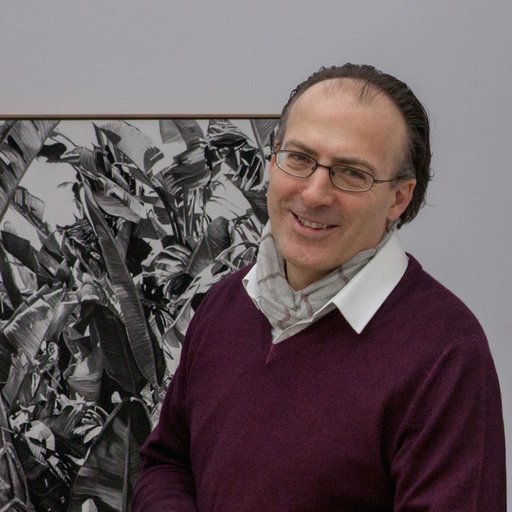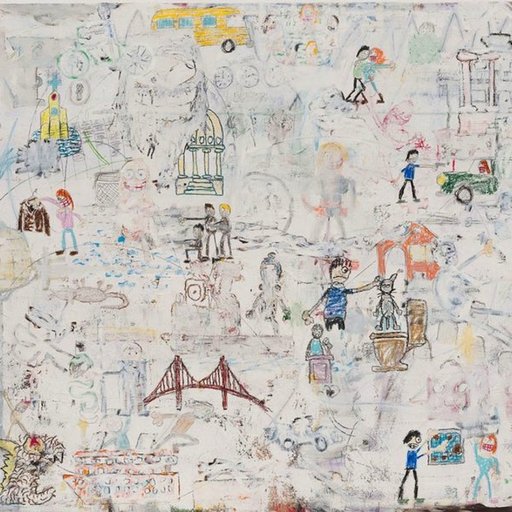Earlier this week, art enthusiasts the world over received a very special gift: New York’s Museum of Modern Art , one of the leading institutions for contemporary art since its 1929 founding by Abby Rockefeller and friends Lillie P. Bliss and Mary Quinn Sullivan , made available a free online archive documenting all of its more than 3,500 exhibitions to date. With photo documentation for most of the shows, plus digital reproductions of the accompanying press releases, work checklists, and even catalogs, the info dump is an art historian’s dream come true—especially when it comes to MoMA’s influential, radical early shows of the 1930s.
Browsing the exhibitions, one can’t help but notice the lengths director Alfred H. Barr, Jr. and his team went to legitimize and popularize the then-nascent movements of Cubism , Surrealism , and Modernist art in general. Even as the country struggled through a decade of the Great Depression, MoMA’s curators sought to continually up the ante with their programming, with the goal of modernizing the American consciousness to be more in-step with what they saw as the advanced (if perhaps a bit decadent) European mentality.
Seen through 21st-century eyes, these early shows prove (as if there were any doubt) the importance of MoMA’s vision in establishing the reputations of many now-legendary Modernist figures, from Pablo Picasso to Philip Johnson . These exhibitions would surely be must-see blockbusters were they to be recreated today, but with the better part of a century between us and them, present-day art enthusiasts will have to satisfy themselves with this treasure trove of documentation.
Without further ado, here are 10 classic MoMA shows from the museum’s first decade we’d be willing to dust off the old time machine to go check out. To browse all of the exhibition documentation available online, click here .
"Cézanne, Gauguin, Seurat,
van Gogh
"
November 7 - December 7, 1929
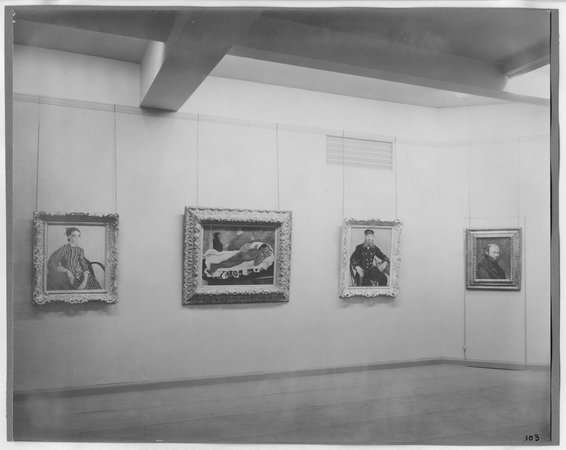
This is the one that started it all. MoMA’s inaugural show at its (rented) original location at 730 Fifth Avenue featured (loaned) paintings by the giants of Post-Impressionism, and even a quick browse through the catalog shows that the museum’s founders were looking to make a splash. The works list could double as a section of any self-respecting art survey course—we’re talking Cézanne’s The Bathers , Gauguin’s The Spirit of the Dead Watching , Seurat’s Sunday on La Grande-Jatte , and van Gogh’s Room at Arles , among dozens of other masterpieces. One can only imagine the amount of wrangling it would take to organize a show like this now. Even more interesting is the prescience Barr displays in the show’s catalog, where he explains that these late painters are the major inspirations behind the even more modern artists the museum would champion in the coming years.
"Modern Architecture: International Exhibition"
February 9 - March 23, 1932

Organized by the famed postmodern architect Philip Johnson (founder of MoMA’s Department of Architecture and Design) at the tender age of 26, this exhibition is widely cited as the show that introduced the American public to the strange wonders of Modern architecture, then called “International Style.” Some 17 years before the completion of his iconic Glass House in 1949, Johnson was already enamored with the new developments in the built environment he saw coming out of Europe, and sought to propagate new ideas about what was (or could be) possible for the architecture of the 20th century by presenting plans and models of buildings by Le Corbusier , Ludwig Mies van der Rohe , and Walter Gropius , among others. Central to the show is the importance of new technologies in steel, concrete, and glass manufacturing in allowing these self-consciously idealized plans to become reality.
"Objects: 1900 and Today"
April 10 - 25, 1933

More an exercise in historical comparison than a full-blown exhibition, this two-week event may be of even greater interest to a 21st-century viewer than the 1930s crowd that came to see it in its time. The curatorial conceit is simple: take furniture and design objects from the present (1933) and juxtapose them with similar items from 1900, showing just how much tastes changed in the intervening decades. The shifts are indeed dramatic, as wood and glass finely wrought in the Art Deco style gives way to the slick, clean, and decidedly inorganic forms of Modernist design.
Contemporary viewers will note that the newer forms (from recognizable names including Le Corbusier and Mies van der Rohe, plus the Bauhaus ) would seem hardly out of place in a New York furniture showroom (or even Ikea). The accompanying catalog also contains a few humorous insights into the prevailing philosophy of the day; a decorative Tiffany glass piece is contrasted with “blank space” rather than another object, with the rationale that “ornamental objets d’art are avoided in modern interior architectural schemes.”
"Machine Art"
March 5 - April 29, 1934

This extensive 1934 exhibition was the first in a series of shows highlighting the new aesthetics of industrial design, taking objects from such “artists” as the Aluminum Cooking Utensil Company and American Radiator Co. and presenting them as the functional yet beautiful tools that allow for the luxuries of modern life. The installation images show springs on pedestals and airplane propellers mounted to the gallery walls, begging students of art history to ask to what extent Marcel Duchamp’s experiments with readymades some 20 years prior influenced the interest in these machine-made, reproducible pieces. The exhibition also marks one of the first instances of an extensive (and temporary) remodeling of the museum’s gallery space under the direction of Philip Johnson, who sought to alter the normal lighting and floor plan to better display the “works” at hand.
"New Horizons in American Art"
September 14 - October 12, 1936

Billed as a “comprehensive exhibition of the work done under the Federal Art Project of the Works Progress Administration during the year of activity since the organization of the Project last August” and including “approximately 150 objects, including oils, watercolors, sculptures, murals, graphic arts, and paintings and sculpture by children,” this show may not be the flashiest exhibition MoMA put on in the ‘30s, despite the ostensibly socially positive message in the midst of the Great Depression. That said, it’s a particularly fascinating example of the kinds of alternative, out-of-the-box thinking the museum’s curators engaged in during the institution’s formative years.
In addition to being a precursor of sorts to the eventual development of the museum’s Young People’s Gallery (focusing on art for and by children), “New Horizons in American Art” would prove to be the sole MoMA exhibition for many of the artists on view (Maxine Albro or Lawrence Flynn, anyone?), making this show a fascinating window into “what might have been” had the winds of history blown ever so slightly in a different direction. If you’ve been enamored with the recent push to reevaluate artists who have been overlooked within the American art canon, this show is surely a goldmine for a slew of your own “new horizons.”
"Fantastic Art,
Dada
,
Surrealism
"
December 7, 1936 - January 17, 1937

For many American viewers, “Fantastic Art, Dada, Surrealism” was their first personal experience of the weird and wonderful art coming out of Europe in the years following World War I, and Barr accordingly pulled out all the stops for this massive survey show. With 700 works by over 170 artists, the show was a veritable who’s who of visionary artists, ranging from Leonardo da Vinci and Hieronymous Bosch to Joan Miró , Paul Klee, Man Ray , and Wassily Kandinsky , to name just a few. Have a favorite Dada or Surrealist work in mind? Chances are good it was included in this seminal exhibition.
"Prehistoric Rock Pictures in Europe and Africa"
April 28 - May 30, 1937

Exhibitions of reproductions are perhaps not the sexiest museum displays, but this one represents an important aspect of MoMA’s early programming: a focus on and recognition of the prehistoric precursors to the Modern art the museum’s staff and patrons loved so much. It’s no secret that early innovators like Picasso took inspiration from traditional African masks and other non-Western sources, and MoMA took pains to make this connection explicit with shows featuring art and artifacts from pre-Columbian North and South America, Africa, and beyond. This show features reproductions made by the German archeologist Leo Frobenius, who is careful to note that these supposedly “primitive” pieces are not quite so simple as modern viewers may assume.
"The Making of a Contemporary Film"
December 21, 1937 - March 1, 1938

As noted above, MoMA saw at least part of its mission to be one of educating its visitors about the wonders of their time, resulting in shows of modern design as well as several behind-the-scenes looks into the technologies and techniques that enabled the soon-to-blossom consumer culture that has come to characterize the 20th century in the U.S. “The Making of a Contemporary Film” is a how-to of sorts, explicating the technology of motion pictures through the film adaptation of Mark Twain’s Tom Sawyer , an approachable and familiar subject that nevertheless enabled the curators to delve into the complexity of these productions. The exhibition featured an extensive collection of ephemera from the film including, as the press release states, “stills and production photographs, models of sets, costumes, props such as papier mache rocks, and even the warts applied daily to Huckleberry Finn's face.”
"Useful Household Objects under $5.00"
September 28 - October 28, 1938

This exhibition is one of a number of early MoMA shows with an interestingly anachronistic concept: visitors were invited to purchase the pieces on display direct from the manufacturers, to be delivered upon the close of the show. While the idea would soon expand to include color prints and screen prints by real-deal artists of the day, this first iteration focused on more useful objects, a practical appeal to viewers struggling with an economy still on the mend. The photographs taken by the official MoMA documentarian Soichi Sunami may be the real modernist masterpieces here; his compositions with light and shadow elevate these household items to the realm of high art as they show off the simple novelty of these functional forms.
"Picasso: Forty Years of His Art"
November 15, 1939 - January 7, 1940

Almost exactly a decade after the museum’s first show, Barr organized what would become one of the most important shows of his career in the form of a blockbuster retrospective of works by Pablo Picasso. Though widely acknowledged as a leader in Cubism, this show is often credited with sparking a reevaluation of his legacy, leading eventually to his current place at the apex of 20th-century art. With more than 360 pieces including Guernica , many loaned by Picasso himself, the exhibition proved to be something of a sensation for the museum, decimating all previous attendance records and creating a new standard for the display of contemporary art.











